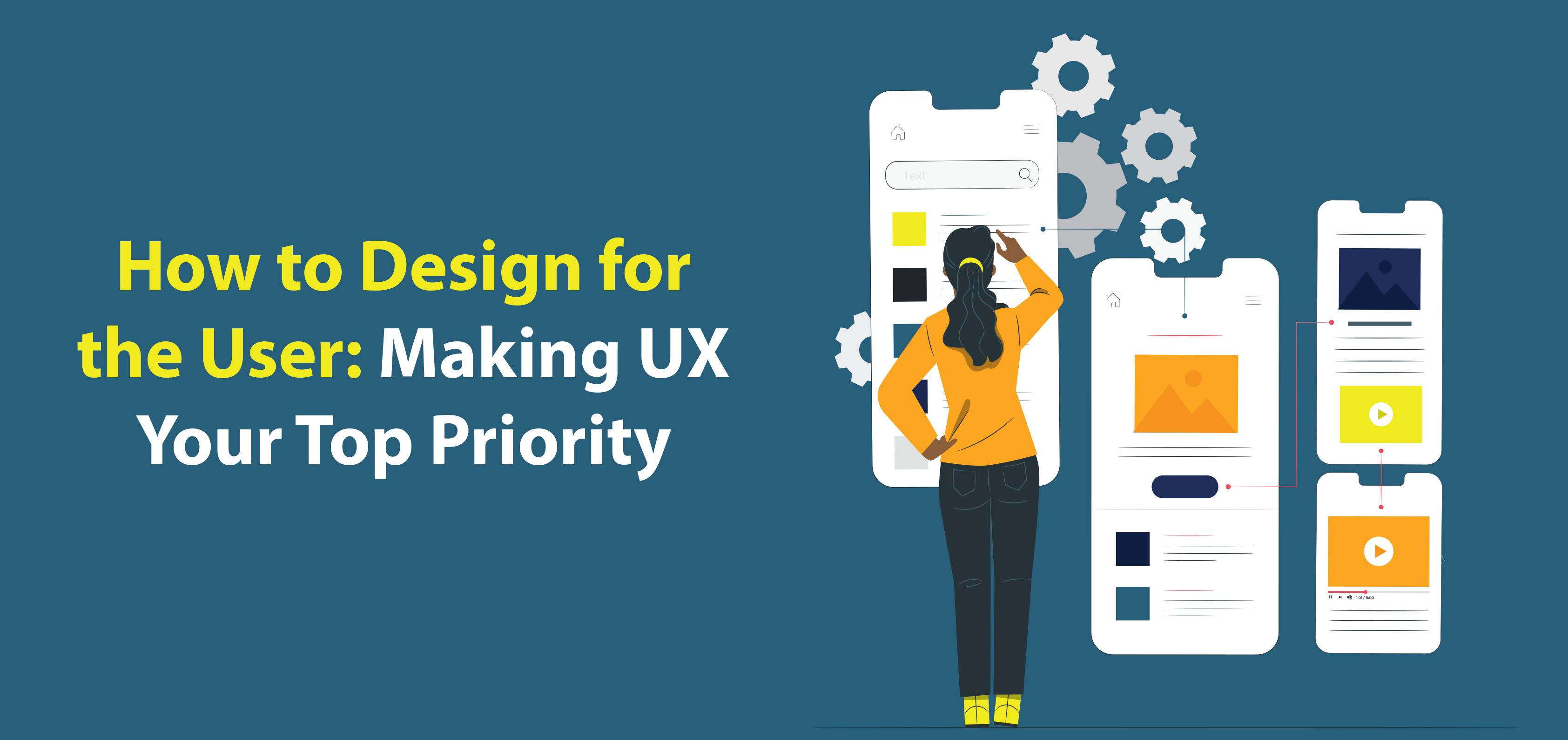
How to Design for the User: Making UX Your Top Priority
Posted on April 25, 2023
-
Category:
- Atlanta Graphic Design,
- Graphic Design,
- Web Design
User experience (UX) has become a buzzword in recent years—and it’s one that every business owner should be aware of. UX refers to the overall experience that a user has when interacting with a product or service—and UX design can make or break its success. Below are some tips for creating user-centric designs:
1. Conduct user research.
Good UX is not a guessing game—it’s a process. Before you begin the design phase of your product or service—be it digital or physical—research your users’ needs, goals, and pain points through surveys, interviews, usability testing, and analytics. Then implement your findings in a way that promotes customer engagement.
2. Focus on increasing customer satisfaction.
UX has a direct impact on engagement. If users are frustrated, they’ll most likely bounce off your site, uninstall your app, or refuse to purchase your product or service a second time. However, if users find your website intuitive to navigate or your product or service easy to use, they’re far more likely to become repeat visitors who provide positive reviews, recommendations, and word-of-mouth marketing—all of which will help give you a competitive advantage you need in a crowded marketplace. This is especially important for startups and small businesses facing threats from larger, more dominant players.
3. Promote accessibility.
Part of designing for a positive user experience involves making your product or service accessible to all potential customers. Accessibility refers to the design of products, devices, services, or environments that can be used by people with disabilities. Keep in mind that accessibility in UX design:
- Is a legal requirement in many countries. For example, in the United States, the Americans with Disabilities Act (ADA) requires that public accommodations (including websites and mobile apps) be accessible to people with disabilities. Failure to meet these requirements can result in legal action.
- Makes good business sense. Even in countries where accessibility is not a legal requirement, it demonstrates your organization’s ethical responsibility toward people with disabilities, who comprise a significant part of the population.
- Promotes the user experience for everyone. Accessible color contrasts can make the text easier to read for online visitors with visual impairments—and also for mobile users or those working in bright sunlight. Similarly, designing for keyboard-only navigation can make navigation easier and faster for all users, not just those with motor impairments.
4. Create human-centered content.
Every successful product or service begins with successful content. Content should be easy for users to navigate and understand. It should also be branded consistently. Make the most of your content with:
- Clear, concise language that’s optimized for SEO
- Topics that are timely and relevant
- A visual hierarchy that’s branded consistently
5. Test and iterate.
During the design phase, have real users try out your product or service. Then iterate based on their feedback. This process can help you identify and correct any issues before launch.
Designing your product or service for the user should be your first priority. The competitive advantage that good UX design gives your business will help you increase user satisfaction and engagement, drive conversions, and ultimately strengthen revenues and expand the reach of your brand.
